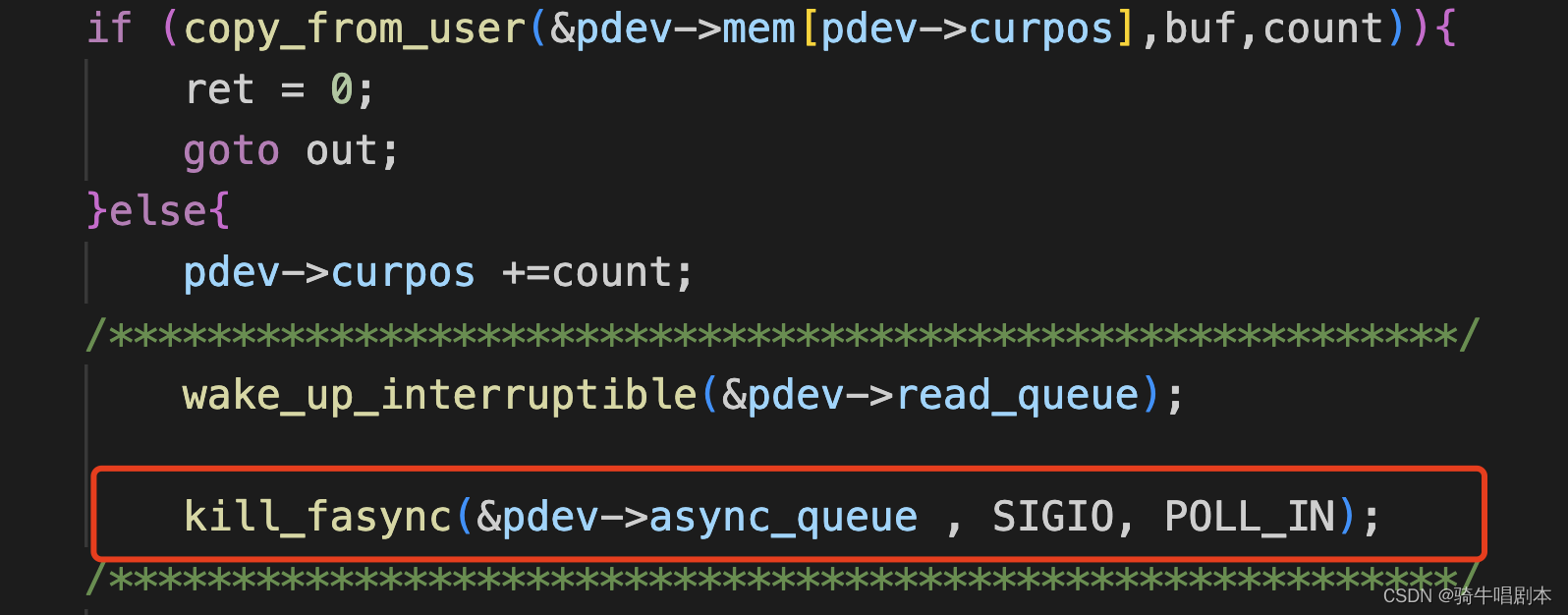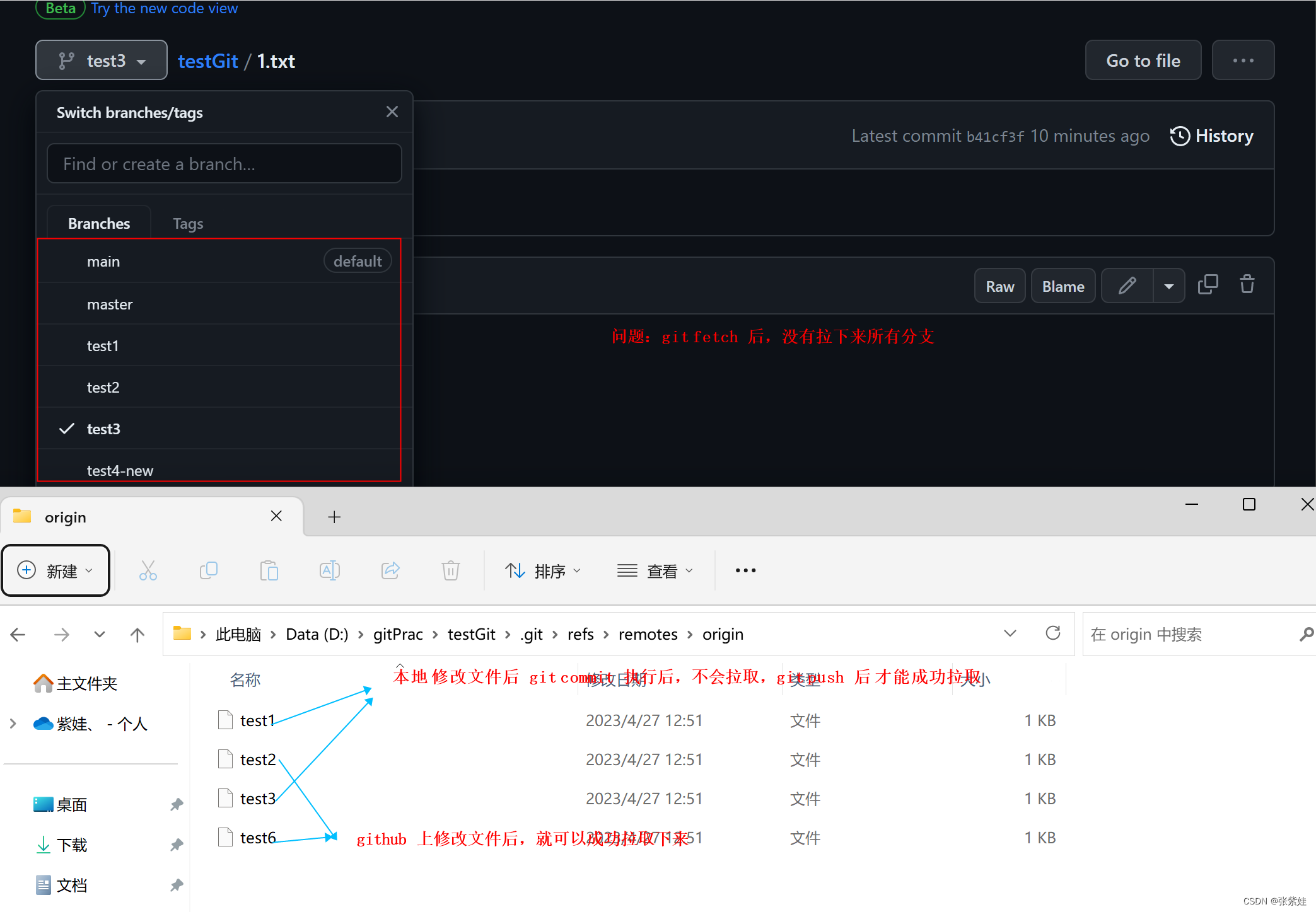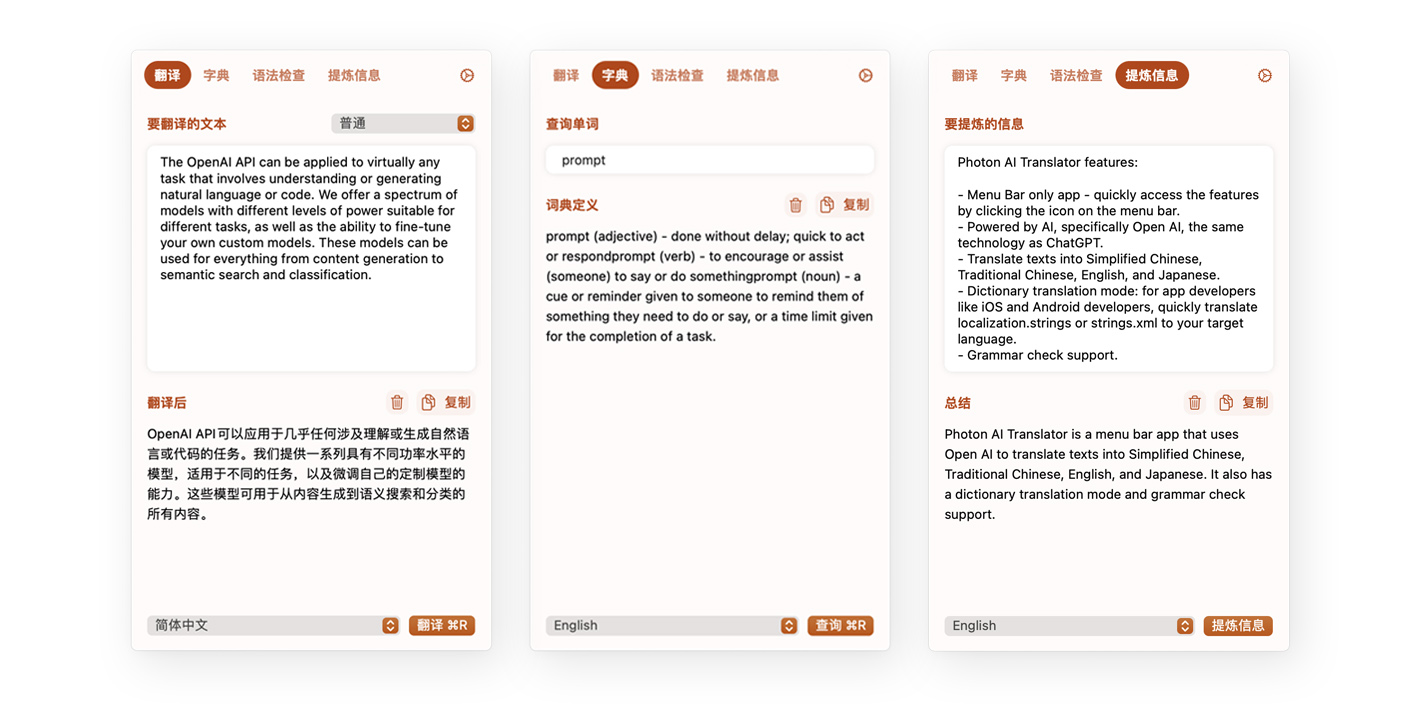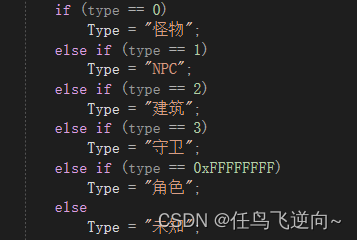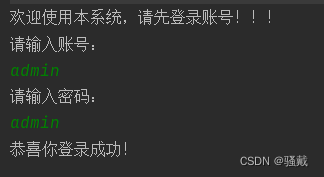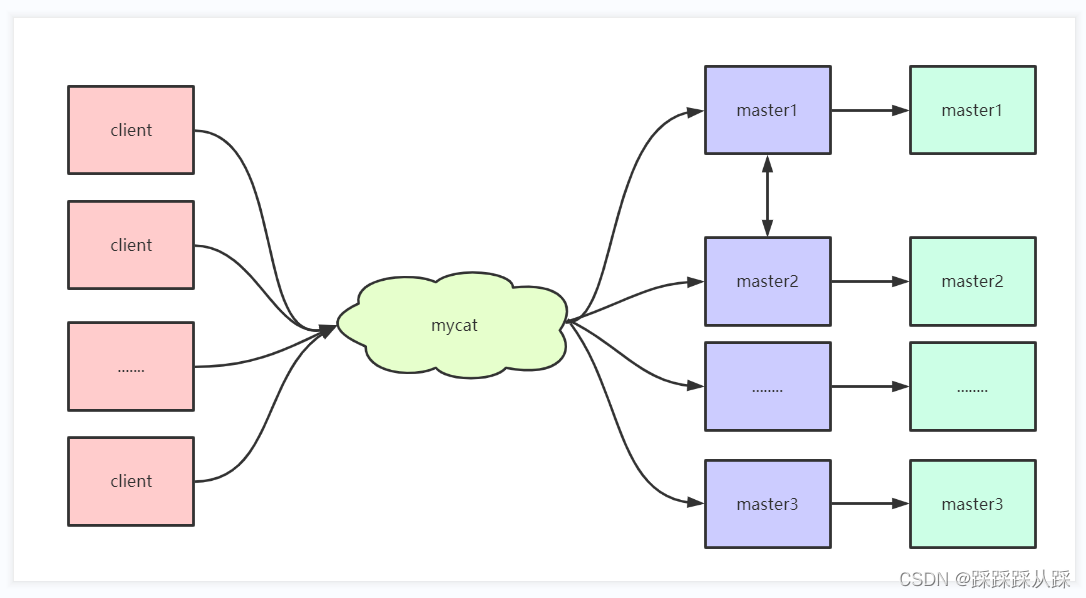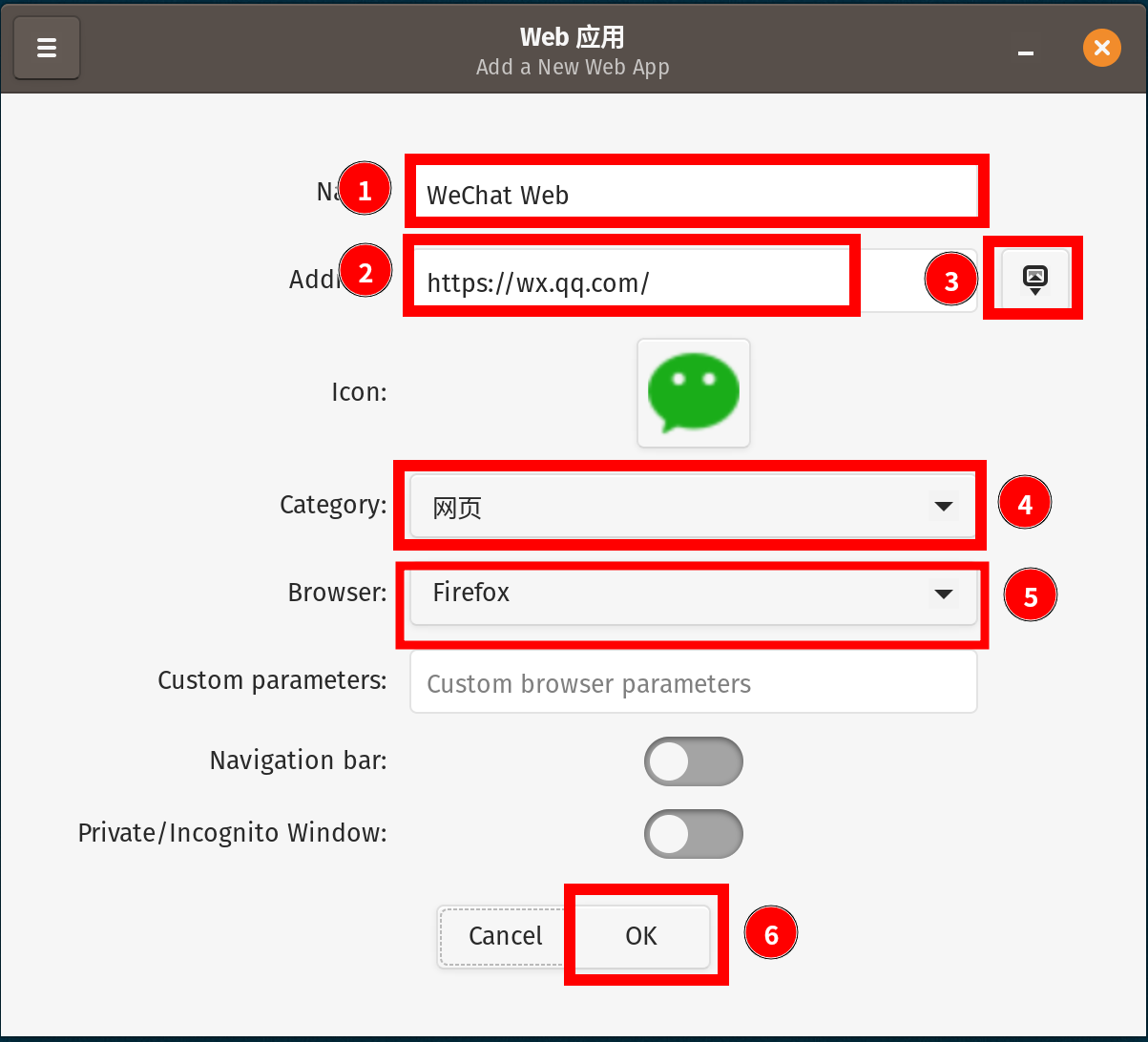派生类
#include <iostream>
using namespace std;
class Box{
private://类私有,只有成员可以调用 也就是说你不可以通过box1.a来调用 ,这些变量其实你默认不用写private 这个变量,只要放在最上面他默认就是 私有
int a=1;
protected://protected(受保护)成员
int b=2;
public:
int e=3;
};
class Neet:Box{//派生类
public:
void c(){
// cout<< a;//private 在派生类里是 不可以引用的
// cout << b;//protected 在派生类里是 可以调用的
cout <<e; //public 在派生类里也是 可以访问的
};
};
int main(){
Neet Neet1;
Neet1.c();
}public 继承
#include <iostream>
using namespace std;
class A{
private:
int a=1;
public:
int b=2;
protected:
int c=3;
};
class B:public A{
// int d=c; // 在main里cout << b.d;//会报错
int d=b; // 3
// int d=a; // 直接报错,A里面private 不能集成和派生
public:
void g(){
// cout << a;//报错
// cout << b;//2
cout << c;//3
};
};
int main(){
B b;
b.g();
// cout << b.d;//报错
}
private 继承
#include <iostream>
using namespace std;
class A{
private:
int a=1;
public:
int b=2;
protected:
int c=3;
};
class B:private A{
// int d=c; // 在main里cout << b.d;//会报错
int d=b; // 3
// int d=a; // 直接报错,A里面private 不能集成和派生
public:
B(int x){
cout << x<<" "<<d;
};
};
int main(){
B b(10);//会执行 B里面的b的大写方法也就是B()
// b.g();
// cout << b.d;//报错
}![]()
protected 继承
#include <iostream>
using namespace std;
class A{
private:
int a=1;
public:
int b=2;
protected:
int c=3;
};
class B:protected A{
int d=c; // 在main里cout << b.d;//会报错
// int d=b; // 3
// int d=a; // 直接报错,A里面private 不能集成和派生
public:
B(int x){
cout << x<<" "<<d;
};
};
int main(){
B b(10);//会执行 B里面的b的大写方法也就是B()
// b.g();
// cout << b.d;//报错
}![]()
构造函数
简单的说 A里面的A(),就是constructor,A和A()的命名要一样。他会在 A a;的时候被执行。
void A::set(int x){ 则可以对A里面的方法进行编写。
#include <iostream>
#include <windows.h>
using namespace std;
class A{
int c;
public:
A();
void set(int);
int get(void);
};
A::A(){
cout<<"你好"<<endl;
};
void A::set(int x){
c=x;
}
int A::get(void){
return c;
}
int main(){
SetConsoleOutputCP(65001);
A a;
a.set(3);
cout << "c="<<a.get();
}
带参数的构造函数
#include <iostream>
#include <windows.h>
using namespace std;
class A{
int c;
public:
A(int);
};
A::A(int x){
c=x;
cout<<c<<endl;
};
int main(){
SetConsoleOutputCP(65001);
A a(20);
}
使用初始化列表来初始化字段
A::A(int x):c(x),d(x+1){//等价于 c=x; d=x+1其实就是缩写
其实就是把上个案例写在A::A(int x){的 c=x提到上面来而已,没啥特别的,倒是方便 一目了然哪些是classA 里面的。
#include <iostream>
#include <windows.h>
using namespace std;
class A{
int c,d;
public:
A(int);
};
A::A(int x):c(x),d(x+1){//等价于 c=x; d=x+1其实就是缩写
cout<<"c="<<c<<"\nd="<<d<<endl;
};
int main(){
SetConsoleOutputCP(65001);
A a(20);
}
其实构造函数可以在A class的时候就写了,效果一样,如下
#include <iostream>
#include <windows.h>
using namespace std;
class A{
int c,d;
public:
A(int x):c(x),d(x+1){//等价于 c=x; d=x+1其实就是缩写
cout<<"c="<<c<<"\nd="<<d<<endl;
}
};
int main(){
SetConsoleOutputCP(65001);
A a(20);
}类的解析函数
#include <iostream>
#include <windows.h>
using namespace std;
class A{
public:
A(){//构造函数
cout<<"-----函数开始-----"<<endl;
};
~A(){//解析函数
cout<<"-----函数结束-----"<<endl;
};
void console(){
cout<<"csole被执行了"<<'\n';
}
};
int main(){
SetConsoleOutputCP(65001);
A a;
a.console();
}
类的多继承
记住 A跟B的如果都定义了 int a;那你在c里调用 a会提示定义模糊
#include <iostream>
#include <windows.h>
using namespace std;
class A{//被集成的类叫做基类
public:
int a=1;
};
class B{
public:
int b=2;
};
class C:A,B{
public:
C(){
cout<<"a="<<a<<endl;
cout<<"b="<<b;
}
};
int main(){
C c;
}
多继承 定义模糊解决方案
两个基类都定义了a=1,c类继承调用的时候,可以写成 A::a,或者B::a
#include <iostream>
#include <windows.h>
using namespace std;
class A{
public:
int a=1;
};
class B{
public:
int a=1;
};
class C:A,B{
public:
C(){
cout<<"a="<<B::a<<endl;
}
};
int main(){
C c;
}
auto 存储类
我就记住一个,自动判断变量类型
#include <iostream>
#include <typeinfo>
#include <windows.h>
using namespace std;
int main(){
auto a=10.52;
cout<<typeid(a).name();
}![]()
typeid是判断变量类型的函数
register 存储类
寄存器只用于需要快速访问的变量,会提变量的访问效率
(在 /std:c++17 模式及更高版本中可用) 博主用的c++17
#include <iostream>
#include <typeinfo>
#include <windows.h>
using namespace std;
int main(){
//寄存器只用于需要快速访问的变量,比如计数器。还应注意的是,定义 'register' 并不意味着变量将被存储在寄存器中,它意味着变量可能存储在寄存器中,这取决于硬件和实现的限制。
for(register int i=0;i<100;i++){
cout << i<<'\n';
}
}
static 存储类
static count 10 我只能说,我不理解他的“其他文件”指的啥 因为我#include "b.cpp" 之后 不用extern也可以调用,后面如果我知道了在回来补充这篇博文吧
这篇其实还要扩展一个阅读===》.cpp调用 .cpp和h的demo_雪狼之夜的博客-CSDN博客
#include <iostream>
#include <typeinfo>
#include <windows.h>
using namespace std;
static int count =10;//别的文件不能引用 count,static 限制变脸count 在本文件内
int main(){
extern void console();
console();
}
void console(){
static int x=0;
if(x<count){
x++;
count--;
cout <<"x="<<x<<",count="<<count<< endl;
console();
}
}
如果函数内的 x不加static 就会变成

extern 存储类
看博主这篇===》c++的extern用法理解_雪狼之夜的博客-CSDN博客

